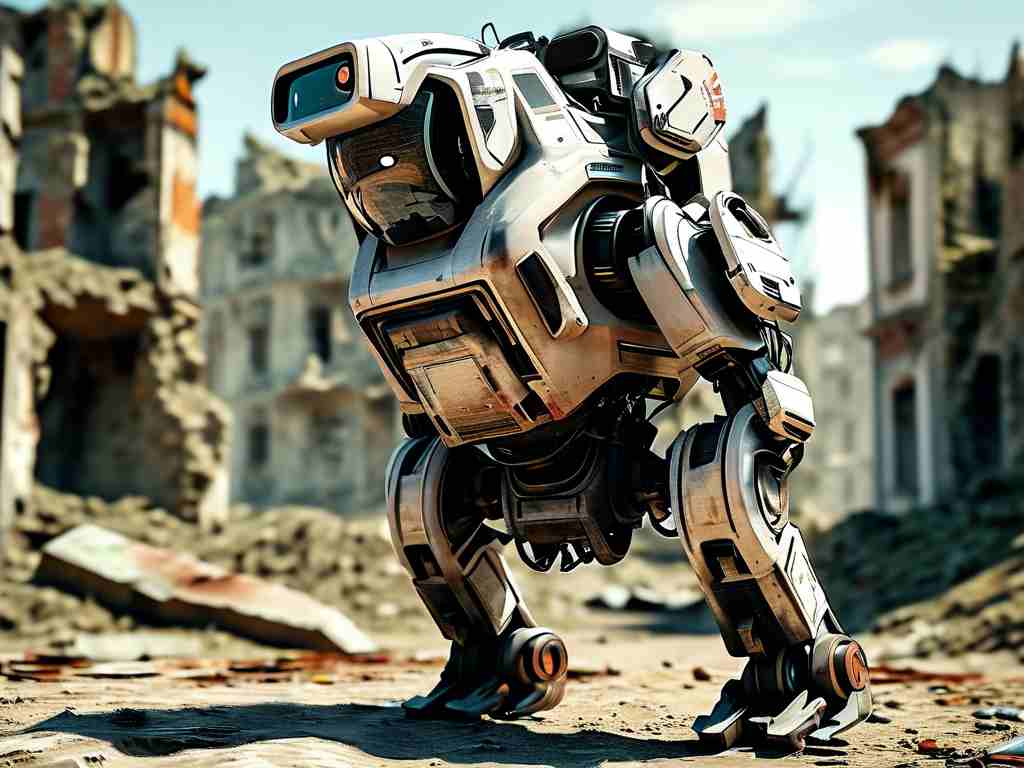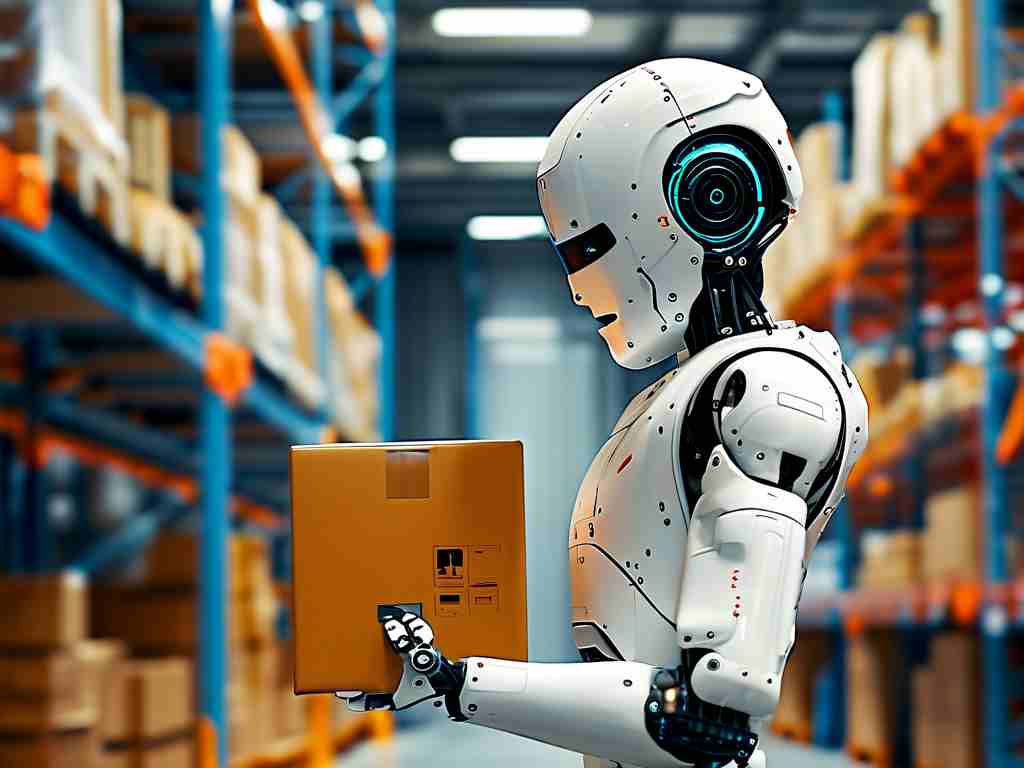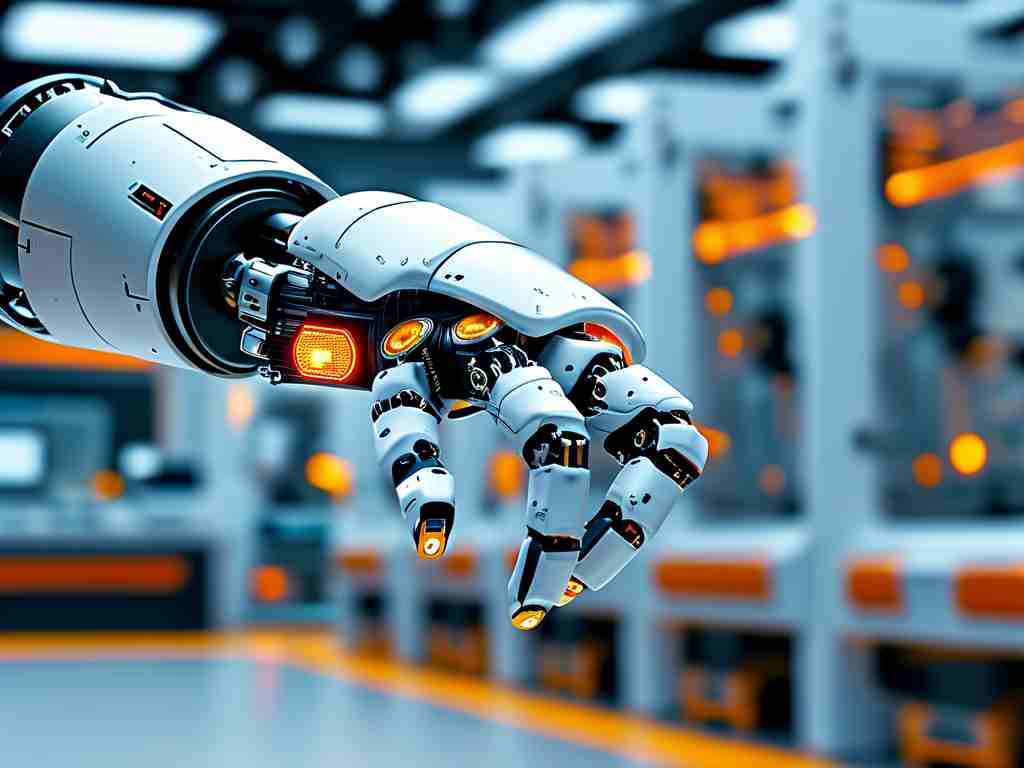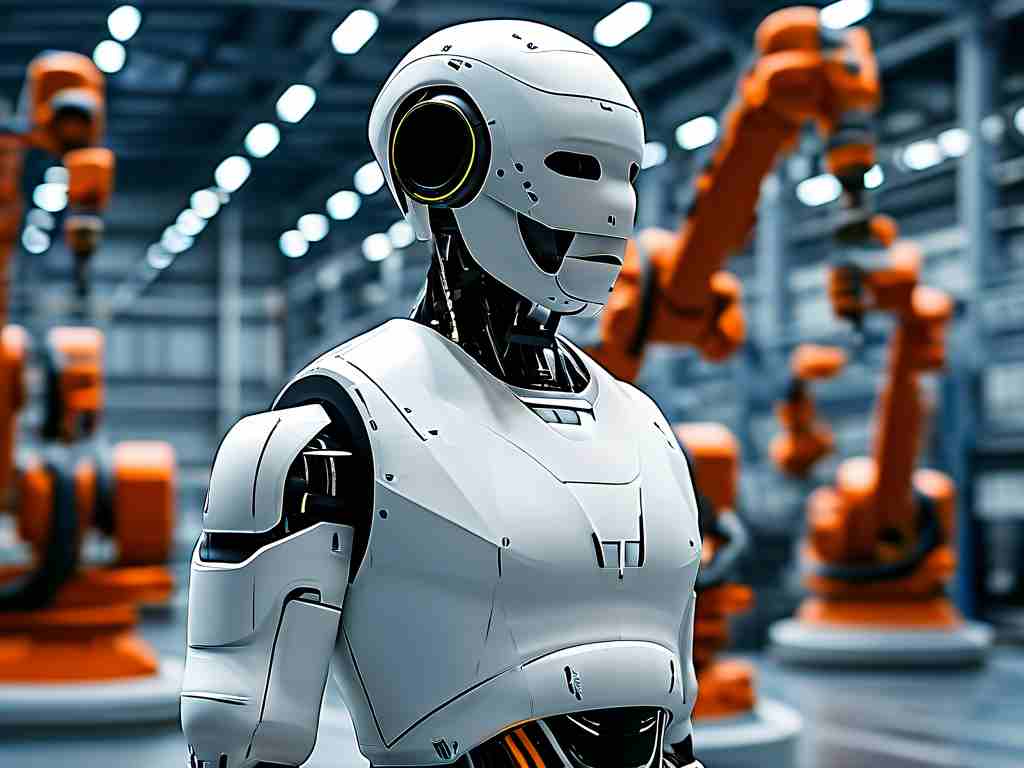The integration of robotics technology into children's rehabilitation represents a groundbreaking shift in healthcare, offering unprecedented opportunities to enhance recovery outcomes for young patients facing physical, cognitive, or developmental challenges. As medical professionals and researchers continue to explore this innovative field, the potential for personalized, engaging therapies becomes increasingly evident, revolutionizing how we approach pediatric care and fostering hope for countless families worldwide.

Pediatric rehabilitation has long relied on traditional methods such as physical therapy exercises and occupational interventions, which, while effective, often struggle with consistency and engagement among children. Robotics technology addresses these gaps by introducing interactive, adaptive systems that transform therapy into an enjoyable experience. For instance, robotic exoskeletons and assistive devices can be tailored to a child's specific needs, providing precise support for movements during recovery from conditions like cerebral palsy or spinal cord injuries. These tools use sensors and AI algorithms to monitor progress in real-time, adjusting resistance or guidance based on the child's performance. This not only accelerates motor skill development but also boosts motivation through gamified elements, where children interact with robots in playful scenarios, such as virtual reality games that simulate daily activities. The result is higher adherence to treatment plans, reducing dropout rates and improving long-term functional gains.
Moreover, the benefits extend beyond physical recovery to encompass cognitive and emotional well-being. Social robots, equipped with expressive features and voice recognition, can assist children with autism spectrum disorders by facilitating communication exercises in a non-threatening environment. These robots engage kids in repetitive tasks that build social skills, like turn-taking or emotion recognition, without the pressure of human interaction. Data collected from these sessions helps therapists track subtle improvements and customize interventions, leading to more targeted care. In one notable case study, a hospital in Europe implemented robotic companions for children undergoing post-surgery rehabilitation; the kids showed a 40% increase in participation compared to standard methods, with parents reporting reduced anxiety and faster recovery times. Such outcomes highlight how robotics fosters a holistic approach, addressing not just the body but also the mind, and empowering children to take an active role in their healing journey.
Despite these advantages, challenges remain in scaling robotics technology for widespread pediatric rehabilitation. High costs pose a significant barrier, as advanced robotic systems can be prohibitively expensive for many healthcare facilities or families, limiting access in underserved communities. Additionally, ethical considerations arise, such as ensuring data privacy for young users and avoiding over-reliance on technology that might diminish human therapist interactions. Regulatory hurdles also slow adoption, as rigorous testing is needed to guarantee safety and efficacy for vulnerable populations. To overcome these obstacles, collaborative efforts are essential, involving partnerships between tech developers, medical institutions, and policymakers. Initiatives like open-source robotics projects and government subsidies could democratize access, while ongoing research focuses on creating affordable, modular designs. For example, code snippets for simple robotic controls in Python can be shared to enable DIY adaptations:
import robotics_lib as rl
def adjust_assistance(child_data):
if child_data['fatigue'] > 70:
rl.reduce_resistance()
else:
rl.increase_challenge()
This approach encourages innovation at the grassroots level, ensuring that robotics evolves inclusively.
Looking ahead, the future of robotics in pediatric rehabilitation holds immense promise. Emerging trends include AI-driven predictive analytics that anticipate setbacks and optimize therapy schedules, as well as wearable robotics that integrate seamlessly into daily life for continuous support. Advances in materials science could lead to softer, more flexible robots that mimic human touch, enhancing comfort for sensitive users. Furthermore, as global awareness grows, we may see robotics becoming a standard tool in early intervention programs, preventing long-term disabilities through timely support. Ultimately, this technology embodies a shift toward patient-centered care, where children are not passive recipients but active participants in their recovery. By embracing robotics, we can create a world where every child has the chance to thrive, turning rehabilitation from a daunting process into an empowering adventure filled with joy and possibility.
In , robotics technology is reshaping pediatric rehabilitation by making therapies more effective, engaging, and accessible. While challenges like cost and ethics demand attention, the collaborative push for innovation ensures that these tools will continue to evolve, offering brighter futures for children worldwide. As we move forward, the focus must remain on human-centered design, where technology amplifies compassion rather than replaces it, cementing robotics as a vital ally in the quest for healthier, happier childhoods.









